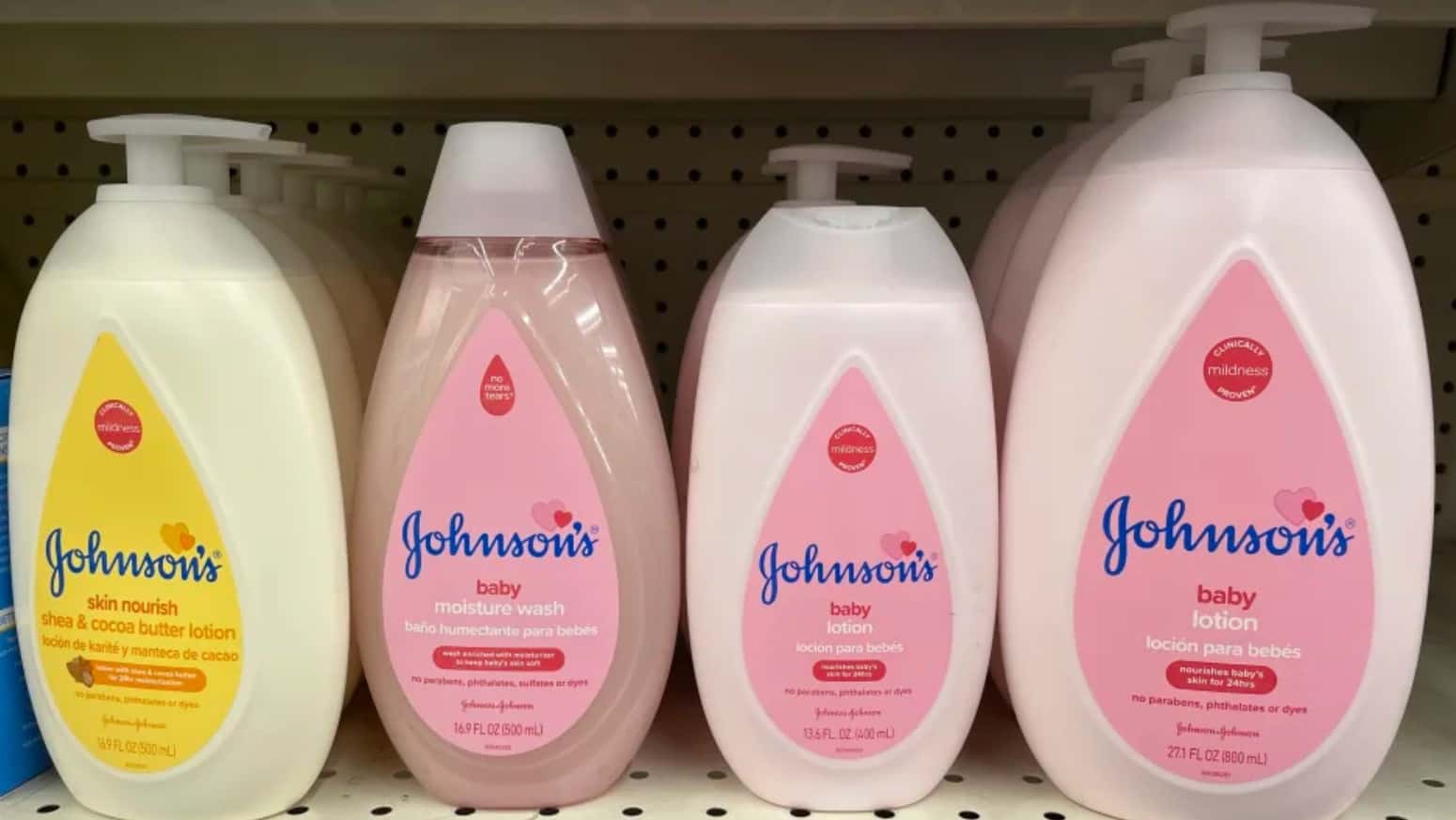Johnson & Johnson’s (JNJ) historic move to split the world’s largest pharmaceutical company into two over the next two years will create two new publicly-traded companies. The legacy brand will focus on drugs and medical devices, while the consumer segment will receive new branding, the company said in a statement Friday.
The move follows a growing trend in the health care sector to focus on innovative — or more high risk, high reward — segments of business, according to experts.
Ashtyn Evans, senior Edward Jones Analyst, told Yahoo Finance that big pharmaceutical companies are increasingly focused “on their growth areas, and spinning off other areas that are … less innovative.”
The segment of business that will remain under the J&J brand is projected to bring in $77 billion in sales this year, while the consumer business, with brands like Tylenol, Band Aid, Aveeno, Neutrogena and Listerine, will bring in $15 billion.
Outgoing J&J CEO Alex Gorsky said on an investor call Friday that changes in how consumers purchase products, and how those products are distributed, informed the strategy to split. In particular, Gorsky said, the pandemic has highlighted a shift in interest from consumers in personal care.
“We have consistently had the belief that our portfolio is rooted in strategy, however it is not anchored in strategy,” Gorsky said.
He will remain CEO until the end of the year before transitioning to executive chairman as incoming CEO Joaquin Duato takes over.
Chief financial officer Joe Wolk told Yahoo Finance that both of the companies will remain strong investments, and that the move brings more value to a company that its executives have long felt is undervalued by Wall Street.
Wolk noted that part of the strategy to separate the segments of business has to do with who is being considered when new products emerge.
The drug and device segment “is heavily regulated, it has a physician-and-patient-type dialogue when decisions are made,” Wolk said.
Meanwhile, the consumer side has seen a significant shift as a result of the pandemic.
“People are much more interested in health care, but they are making decisions more independently than relying on health care professionals,” Wolk said.
He noted that the consumer business wasn’t performing competitively in previous years but has grown into a competitive segment compared to peers in the market — to the point where many brands exist on their own strength rather than that of the parent company’s brand.
“We don’t believe we are getting the credit for, really, a stronger consumer business than what was in place three years ago. In terms of having more focus for investors in pharmaceuticals, I think this will put a spotlight on just how significantly stocked our pipeline is, moving forward,” Wolk said.

